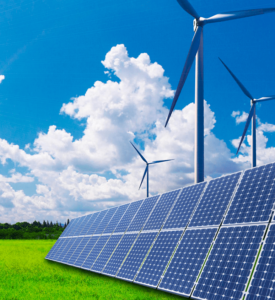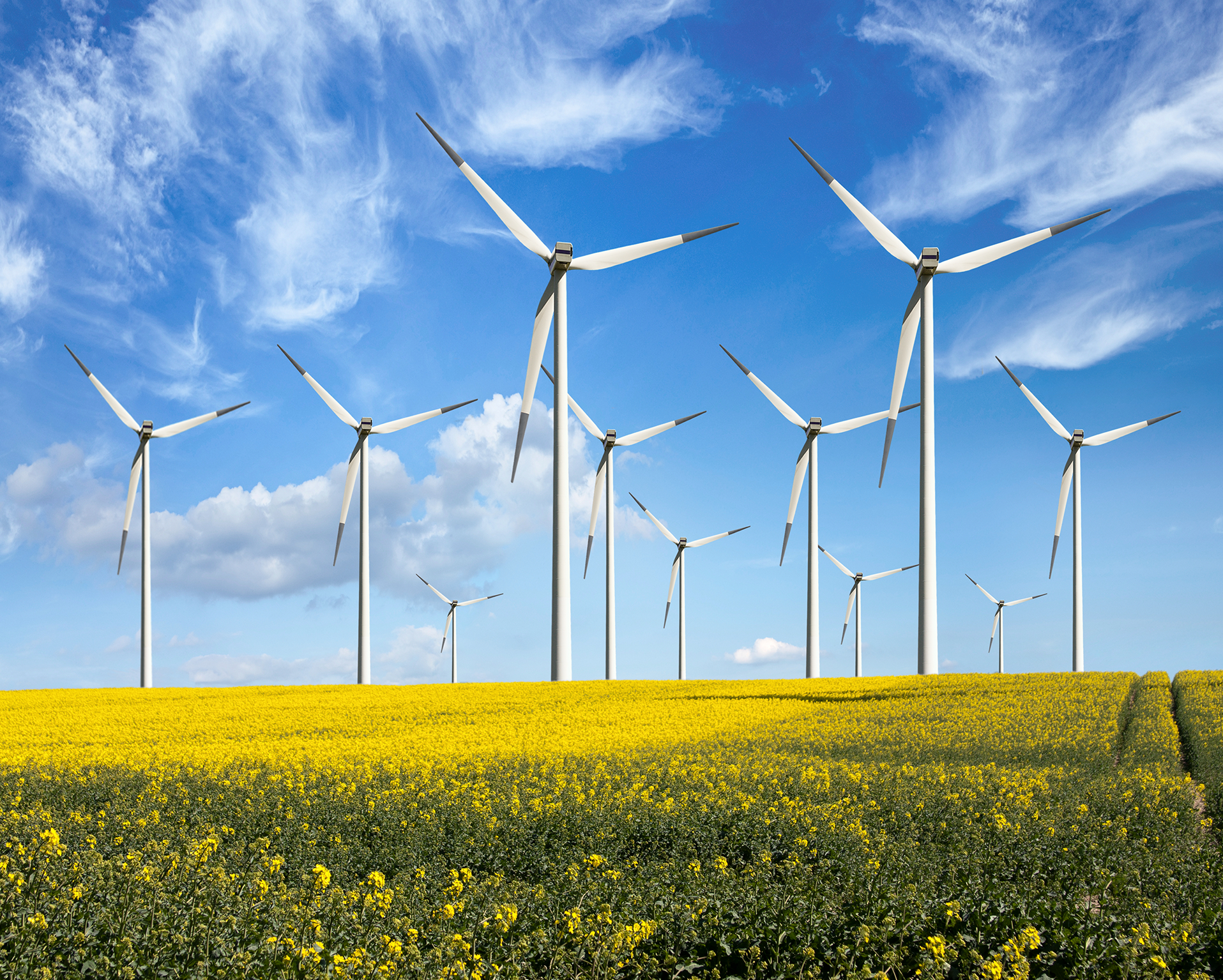
Renewable energy is a term used to describe energy that is derived from natural sources that are replenished at a higher rate than they are consumed. These sources include sunlight, wind, geothermal heat, and water. Renewable energy is often referred to as clean energy because it does not produce harmful emissions or pollutants that contribute to climate change. The importance of renewable energy in today’s world cannot be overstated. As the world’s population continues to grow, so does the demand for energy. Renewable energy sources offer a sustainable solution to meet this demand without causing harm to the environment.
There are several types of renewable energy sources that are currently being harnessed to generate electricity. These include wind power, solar power, hydroelectric power, geothermal power, and biomass. Wind power involves the use of wind turbines to generate electricity. Solar power involves the use of photovoltaic cells to convert sunlight into electricity. Hydroelectric power involves the use of flowing water to generate electricity. Geothermal power involves the use of heat from the earth’s core to generate electricity. Biomass involves the use of organic matter, such as wood chips or agricultural waste, to generate electricity. Each of these sources has its unique advantages and disadvantages, but all offer a clean and sustainable alternative to fossil fuels.
Renewable energy sources have the potential to revolutionize the way we generate and consume energy. In addition to being cleaner and more sustainable, renewable energy sources are often cheaper than fossil fuels, making them an attractive option for both individuals and businesses. The use of renewable energy sources can also help to reduce our dependence on foreign oil and improve national energy security. As technology continues to advance, the efficiency and affordability of renewable energy sources are expected to increase, making them an even more viable option for meeting our energy needs.
Solar Energy
Solar energy is a renewable energy source that is becoming increasingly popular as individuals and governments seek to reduce their carbon footprint and transition to cleaner energy sources. Solar power works by converting energy from the sun into electricity or heat, which can be used to power homes, businesses, and other applications. The U.S. has some of the richest solar resources in the world, making it an ideal location for harnessing solar energy. Humans have been using solar energy for thousands of years, and today, solar energy technologies such as photovoltaics and solar water heating are becoming more advanced and affordable. As a clean and renewable source of power, solar energy has an important role to play in reducing greenhouse gas emissions and mitigating climate change.

There are numerous advantages to using solar energy as a source of power. Solar energy is a renewable energy source, meaning it will never run out. It is also clean, emitting no carbon emissions or other heat-trapping gases. In addition to its environmental benefits, solar energy can help to reduce electricity bills, create jobs and promote economic growth, and provide back-up power during emergencies. Solar energy is also versatile, with applications ranging from powering homes and businesses to providing electricity to remote areas that are not connected to the grid.
Despite its many advantages, there are also challenges and limitations associated with solar energy. One limitation is that solar energy production is dependent on weather conditions, meaning that it may not be reliable in areas with frequent cloud cover or limited sunlight. Additionally, the initial cost of installing solar panels can be high, although this cost is decreasing as solar technology becomes more advanced and affordable. Finally, there are concerns about the land use and environmental impact of large-scale solar installations. Despite these challenges, solar energy remains a promising and important source of renewable energy for the future.
Wind Energy
Wind energy is a renewable energy source that is becoming increasingly important in the quest for clean energy. Wind turbines harness the power of the wind to create electricity, making it a sustainable and valuable investment for the future. The basic operation of wind turbines involves the rotation of blades that are connected to a rotor, which drives a generator to produce electricity. Wind energy is the largest source of renewable energy in the United States, providing clean electricity to homes, farms, and businesses.
There are many advantages of wind energy. First, it is a clean and renewable source of energy that does not produce toxic emissions. Wind energy is also inexhaustible, as nature constantly replenishes the wind. Additionally, wind power reduces the use of fossil fuels, which are non-renewable and contribute to climate change. Wind power can also be exploited using micro-grid solutions, making it a viable option in remote areas.

However, there are also challenges and limitations associated with wind energy. One of the main limitations is that wind is an intermittent source of energy, meaning that it is not always available. Wind turbines also have a limited lifespan and require maintenance, which can be costly. Furthermore, the construction of wind turbines can have environmental impacts, such as bird and bat fatalities and noise pollution. Despite these challenges, wind energy remains a promising source of clean energy that can help reduce our reliance on fossil fuels and combat climate change.
Hydro Energy
Hydro energy, also known as hydropower or hydroelectric power, is one of the oldest and largest sources of renewable energy. It works by harnessing the natural flow of moving water to generate electricity. Hydropower was one of the first sources of energy used for electricity generation and until 2019, it was the leading source of total renewable electricity generation worldwide. Hydroelectric energy is a form of renewable energy that uses the power of moving water to generate electricity, making it a clean and sustainable source of energy.

One of the main advantages of hydro energy is that it is a clean source of energy. It generates electricity without emitting greenhouse gases or other pollutants, which helps decrease fossil fuel consumption and reduce the impact of climate change. Hydro energy is also affordable and provides low-cost electricity and durability over time compared to other sources of energy. Additionally, hydro energy is completely renewable, which means it will never run out unless the water stops flowing, making it a reliable source of energy.
However, there are also challenges and limitations associated with hydro energy. One of the challenges is that it requires a significant investment in infrastructure and technology to harness the power of moving water. Additionally, the construction of dams and reservoirs can have negative environmental impacts, such as altering the natural flow of rivers and impacting aquatic ecosystems. Furthermore, hydro energy is dependent on the availability of water, which can be affected by droughts and changing weather patterns. Despite these challenges, hydro energy remains an important and viable source of renewable energy that can contribute to a cleaner and more sustainable future.







